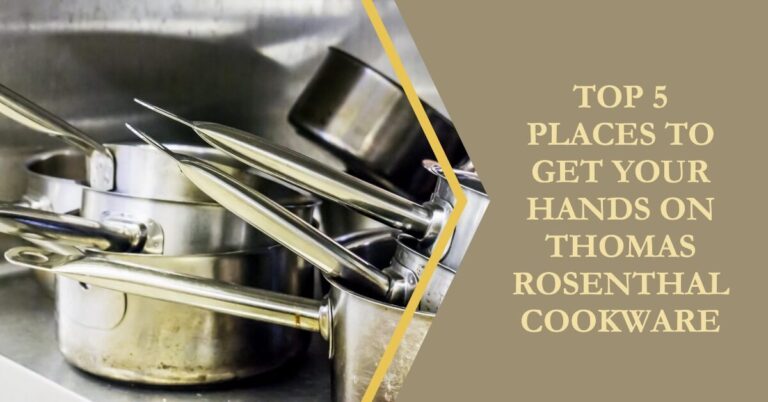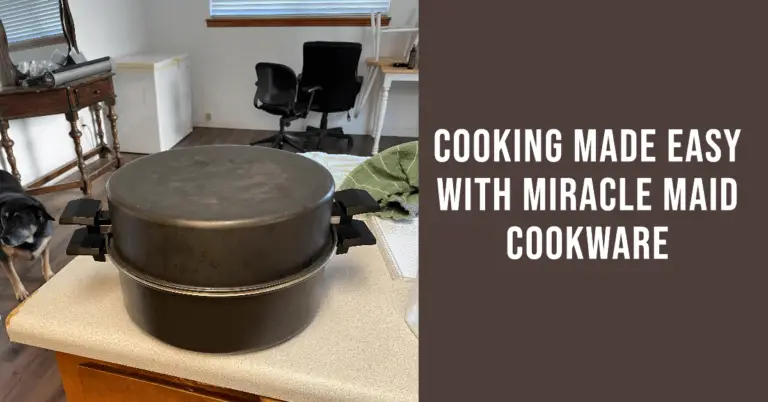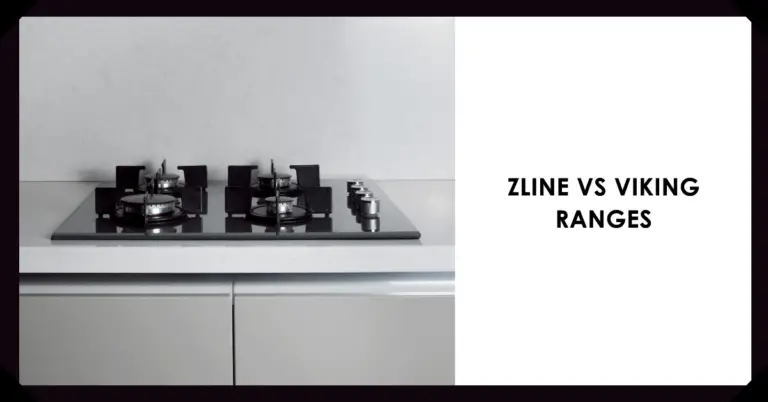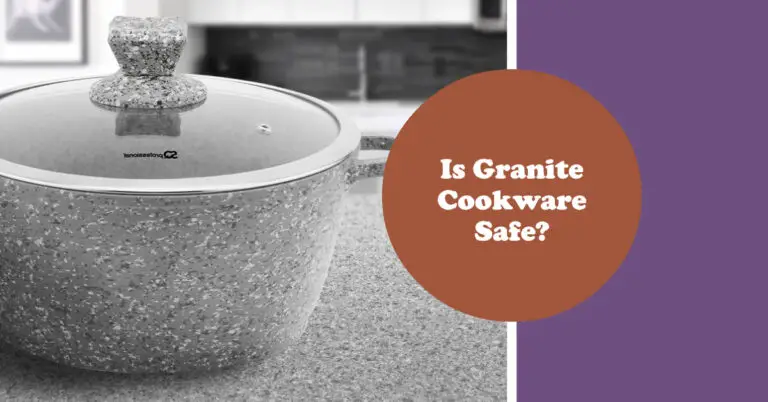Is Granite Stone Diamond Cookware Worth Buying? Our In-Depth Review
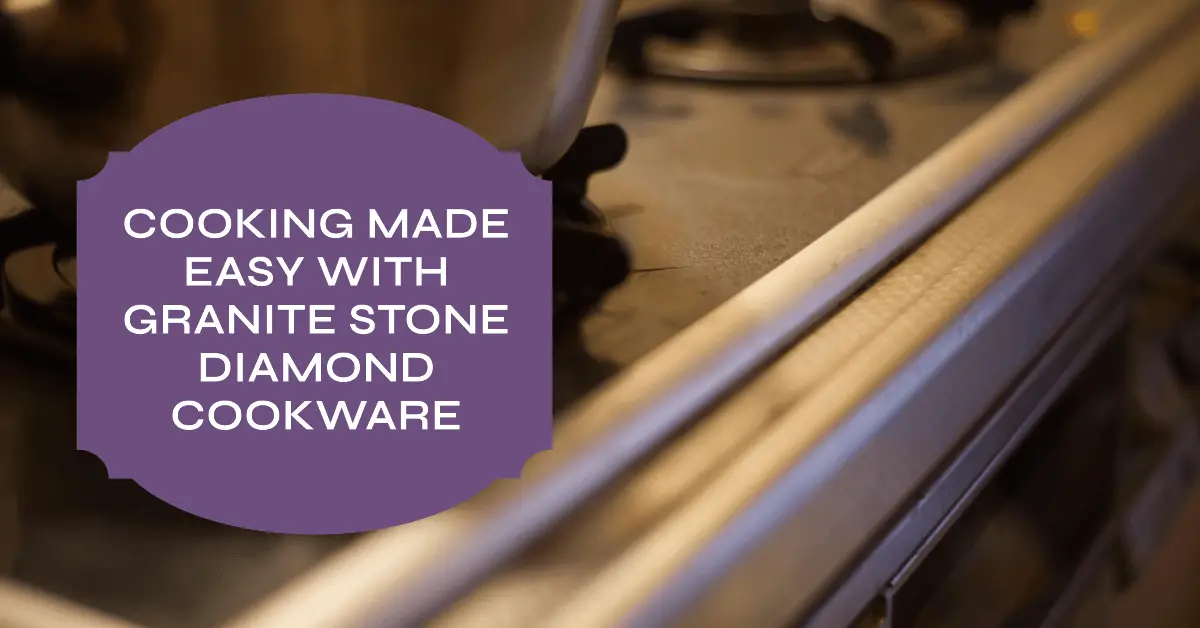
Looking to upgrade your cookware? If you’ve seen ads for granite stone pans, you may be wondering if they live up to the hype. This nonstick cookware promises even heating, easy cleanup, and extreme durability. But is granite stone diamond cookware really worth the cost?
In short – it depends. Granite stone pans have benefits, but also some drawbacks to consider. Keep reading this detailed guide to learn everything you need to know to decide if granite stone is the right choice for your kitchen.
We’ll cover:
- What is granite stone cookware?
- Granite stone cookware brand comparisons
- Customer reviews and feedback
- Key benefits of granite stone pans
- Potential downsides to weigh
- Pro tips for using and caring for granite stone
- Recommended granite stone cookware sets
- Alternatives like stainless steel or ceramic
- And ultimately – is granite stone worth buying?
Let’s start by understanding exactly what makes granite stone cookware unique.
What is Granite Stone Diamond Cookware?
Granite stone cookware refers to pans and skillets made with a natural granite rock coating, instead of traditional nonstick finishes like ceramic or Teflon. This mineral-based coating is designed to deliver extreme durability and excellent food release.
The “diamond” in granite stone diamond cookware comes from a small amount of diamond dust added during production. Tiny diamond particles help reinforce the granite coating for enhanced longevity and resistance to scratches.
Compared to other leading nonstick pans, key features of granite stone cookware include:
- Natural granite nonstick coating
- Reinforced with diamond dust particles
- Compatible with metal utensils
- Naturally inert and PTFE-free
- Durable scratch resistant surface
- Nonstick food release and easy cleanup
- Quick and even heat distribution
- Oven and broiler safe
Now that you understand the basics of granite stone cookware, let’s compare some top brands.
Granite Stone Cookware Brands
While granite stone pans share common materials and features, there are a few noteworthy brands to mention.
Granitestone
One of the most popular options, Granitestone offers a range of skillets and pots in various sizes. Their 10″ and 12″ frying pans are customer favorites. Models feature riveted stainless steel handles and tempered glass lids.
Granitestone pans feature a proprietary TruGranite coating reinforced with diamond particles. Their cookware works on all stovetops except induction.
Gotham Steel
Another leading brand, Gotham Steel pans use a titanium and ceramic-reinforced coating. Their product line includes frying pans, pots, bakeware and more.
Gotham Steel advertises an extra smooth nonstick surface that releases food easily. Their pans also work on all stovetops including induction.
Other Granite Stone Brands
A few other granite stone cookware brands to consider are Stone & Beam, Rockwell, and Swiss Diamond. While these may use slightly different coatings, they offer similar performance benefits.
Now that you know the top options, let’s see what actual customers have to say.
Granite Stone Cookware Reviews
Checking customer reviews is one of the best ways to evaluate any cookware. Here’s an overview of common feedback on granite stone pans:
Positive Reviews
- Great nonstick performance
- Slick cooking surface releases eggs, fish, and crepes easily
- Heats quickly and evenly
- Compatible with metal utensils
- Easy to clean by hand or in dishwasher
- Appears to be very durable and scratch resistant
- Much lighter than cast iron
Critical Reviews
- Food sticks more than expected
- Nonstick performance fades over time
- Prone to staining from tomato sauce or oil
- Heavy weight compared to other nonstick pans
- Not compatible with induction
As you can see, most reviews mention excellent nonstick release and easy cleanup. However, some question long-term durability. Keep these pros and cons in mind as we dive into details below.
Benefits of Granite Stone Cookware
Granite stone pans offer several compelling benefits over traditional nonstick or stainless steel:
Slick Nonstick Cooking Surface
The natural granite stone coating allows food to release easily. Eggs, fish fillets, and crepes slide right off without sticking. This makes cooking and cleanup a breeze.
The nonstick performance rivals premium ceramic or Teflon-coated pans. The granite stone surface also holds up to metal utensils, unlike many nonstick finishes.
Quick, Even Heating
Thanks to the pressed aluminum core, granite stone pans conduct heat quickly and evenly. You’ll get fewer hot spots compared to cheaper stainless steel.
The all-natural mineral coating further boosts responsiveness. Granite stone pans heat up rapidly so foods sear and brown faster.
Extreme Durability
Granite stone cookware is designed to handle frequent high-heat cooking. The makers boast it resists scratches better than ceramic or Teflon.
The diamond dust reinforced coating is completely inert so it won’t degrade over time. Granite stone pans easily withstand up to 500°F oven temperatures.
Many customers report their granite stone pans look like new after months or years of regular cooking. Durability is a major perk.
Easy Maintenance
Thanks to the slick granite coating, food residues wipe away easily after cooking. You can often clean the pans with just soap, water, and a soft sponge.
Most granite stone cookware is also dishwasher safe. But hand washing is recommended to prolong the nonstick lifespan.
Overall, granite stone pans stay looking clean and shiny with minimal scrubbing required. This makes cleanup much faster than cast iron or stainless steel.
Considering these benefits, granite stone seems like a home run, right? Not so fast – it also has some potential downsides.
Potential Drawbacks to Consider
While granite stone cookware offers impressive performance, it does have a few limitations to keep in mind:
Heavy and Cumbersome
Due to the thick pressed aluminum core and natural stone coating, these pans are fairly heavy. A 12″ granite frying pan can weigh up to 4 or 5 pounds.
The weight makes granite stone pans more cumbersome to handle than lighter nonstick or anodized aluminum cookware. The thick walls and large handle also take up more storage space.
Prone to Staining
While the granite coating is stain resistant, many users report discoloration over time – especially from cooking oils, acidic foods like tomatoes, or when using high heat.
Staining affects appearance more than performance, but can be frustrating since the pans are not as easy to keep looking like new.
Questionable Nonstick Longevity
The biggest complaint from customers is the nonstick performance seems to deteriorate over time. After 6 months to a year, food is more likely to stick.
While granite stone pans may be durable in terms of scratches, the natural nonstick coating itself doesn’t seem as long-lasting as ceramic or titanium.
Not Compatible with Induction
Due to the materials, granite stone cookware won’t work on induction cooktops. The pans rely on direct conduction heat, not magnetic induction.
So granite stone isn’t a good choice if you have an induction range or plan to get one. Other modern nonstick finishes often work on both conventional and induction.
Requires Seasoning
For best results, you’ll need to season granite stone pans before the first use. Seasoning creates an extra layer of natural nonstick protection.
Proper seasoning means rubbing the pan with oil then heating in the oven. This extra step can seem daunting for beginners.
Considering both pros and cons helps weigh if granite stone pans are worth the investment. Next we’ll go over tips for getting the most from them.
How to Cook with and Care for Granite Stone Pans
While fairly user-friendly, granite stone cookware does demand some specific usage and care steps:
- Season pans before first use
- Use medium heat for most cooking
- Allow pans to heat gradually to avoid cracking
- Fry with a little butter, oil, or nonstick spray
- Avoid overheating empty pans
- Let pans cool completely before washing
- Hand wash gently with non-abrasive cleaner
- Dry thoroughly to prevent mineral deposits
- Store carefully to avoid scratches
It also helps to use nylon, silicone or wood utensils to further extend the nonstick lifespan.
With the proper care, your granite stone cookware can deliver great performance for years.
Next let’s look at some recommended cookware sets and pieces.
Top Granite Stone Cookware Picks
Here are some top-rated granite stone pans and sets to consider:
Granitestone 10″ Frying Pan
This customer favorite single pan delivers excellent durability and nonstick for eggs, meats, and more. An ideal starter granite stone pan.
Gotham Steel 10 Piece Pan & Pot Set
A complete set for every cooking need. You get frying pans, saucepots, steamer, and more. Great value for a full granite stone cookware upgrade.
Granitestone 11 Piece Cookware Set
This expansive collection from Granitestone provides every piece you need to outfit a kitchen. An ideal gift or for replacing old, worn-out pots and pans.
Granitestone Nonstick Egg Pan
The uniquely shaped pan makes perfect eggs easy. Nonstick design easily releases eggs without added butter or oil.
Gotham Steel Square Frying Pan
Innovative square shape maximizes cooking surface. Edge handles allow flipping and tossing food with ease.
For most home kitchens, starting with an 8″ or 10″ granite stone frying pan offers an affordable way to test out the performance for yourself.
Alternatives to Consider
While granite stone cookware offers some standout benefits, it’s not necessarily the best choice for every kitchen. Alternatives like stainless steel and ceramic have their perks too.
Stainless steel is naturally durable and compatible with induction. It requires more oil or butter for cooking though. Opt for higher-end tri-ply stainless for even heating.
Ceramic nonstick pans offer excellent release and easy cleaning. But they demand careful use to avoid scratching or cracking the coating.
Cast iron lasts virtually forever and becomes naturally nonstick over time. But cast iron requires heavy seasoning and meticulous care.
There’s no one perfect cookware type for all situations. Evaluate your cooking style, kitchen setup, and preferences to decide which material fits your needs.
Now let’s wrap up with the final verdict on granite stone cookware.
Is Granite Stone Cookware Worth Buying?
So should you invest in granite stone pans?
Here’s a quick summary of key pros and cons:
Pros
- Excellent nonstick release
- Durable and scratch-resistant
- Heats evenly for great browning
- Oven and broiler safe
Cons
- Heavy and cumbersome
- Prone to staining
- Nonstick diminishes over time
- Not induction compatible
Ultimately, granite stone cookware is best for cooks who:
- Want top-tier nonstick performance
- Cook mainly on conventional stovetops
- Prefer lightweight pans for quick cooking
- Seek extreme durability and longevity
- Dislikestrict special care instructions
The natural granite stone coating delivers exceptional nonstick release and holding up to frequent high-heat cooking. Just be prepared for extra weight and gradual loss of slipperiness over time.
With the right expectations, granite stone can be a smart alternative to traditional nonstick or stainless pans. Evaluate your own cooking habits and kitchen setup to decide if granite stone cookware is worth the investment for you.

